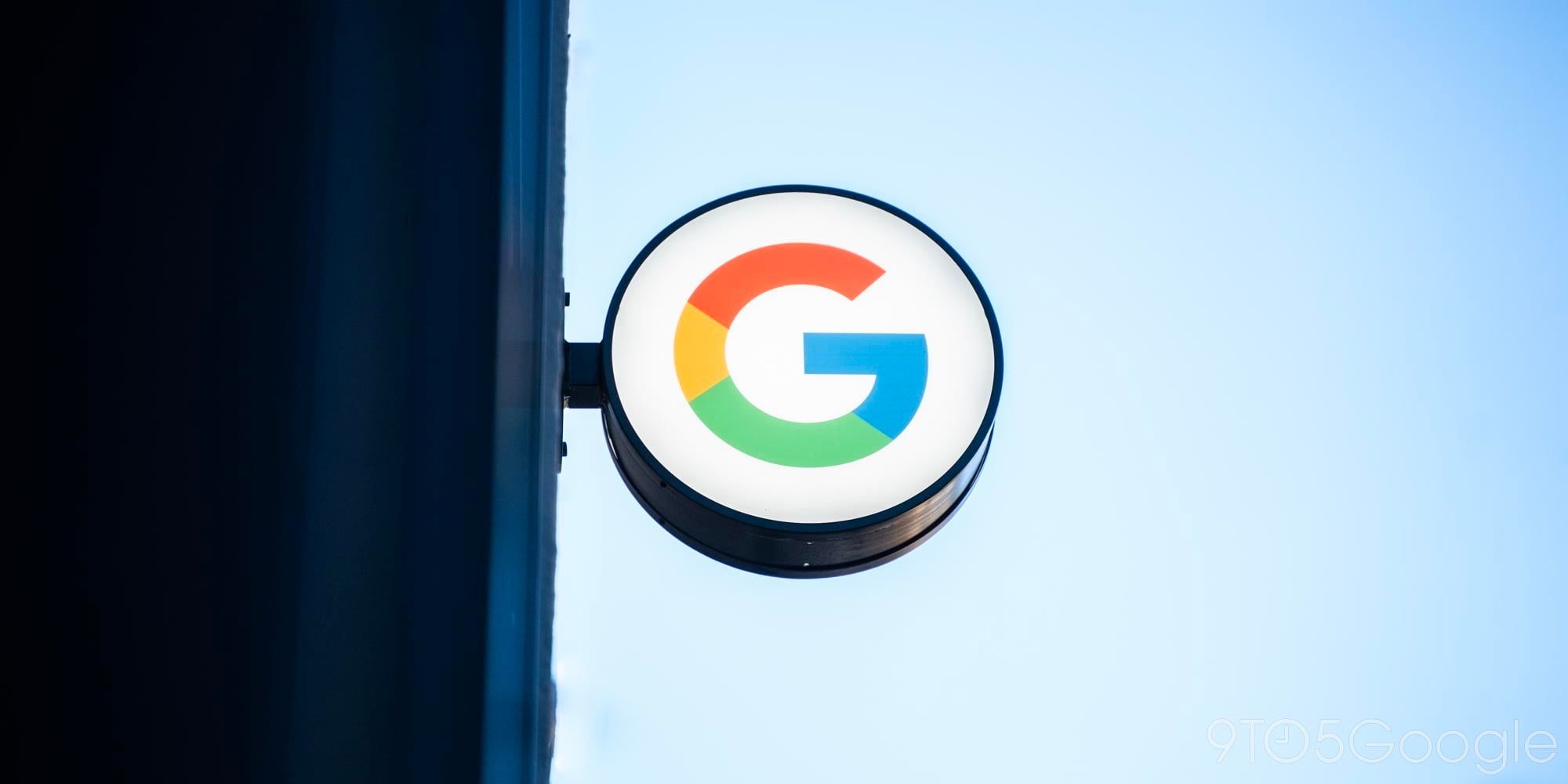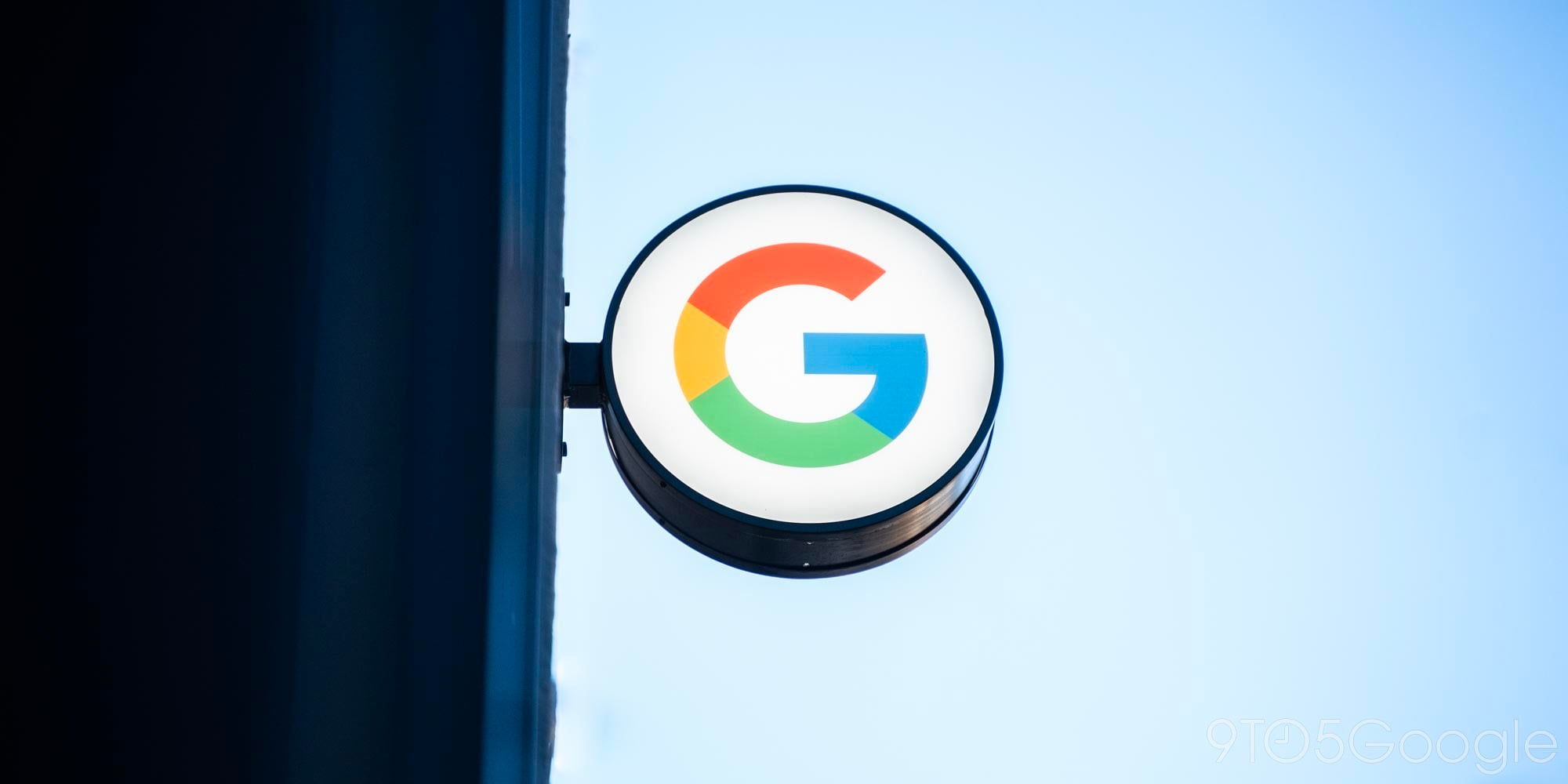[slideshow]
We pretty much knew what to expect going into the Droid DNA event this week. The 5-inch “don’t call it a phablet” phone had been leaked in various forms, although its specs and specifically its 5-inch, 1080p 441PPI display seemed a little “too good” to be true.
It wasn’t. Pretty much from the second we picked up this monster of a phone, reality set in in a big way. While the phone is large —mostly just a wrapper for the 5-inch display— it is also much lighter than you’d expect, especially if you are coming from last year’s hand-grenade of a Verizon HTC flagship phone, the Rezound. The rubbery-plastic back that is becoming popular with Android phones, and red-plastic ‘race car’ accents shave a lot of weight from the device, but it still feels plenty solid. The back picks up oils from hands and seems to scratch fairly easily, although with that screen on the other side, you probably won’t spend much time looking at the back.
It is important to say here…HTC and Verizon are positioning the DNA as a phone and not a ‘phablet’, and they can make that claim for two reasons: the DNA is much narrower than the Note/2, and it is much, much lighter. In fact it is 42 grams lighter.
NOTE 2: 5.94″ x 3.17″ x 0.37″ (151 x 81 x 9 mm)6.34 oz (180 g)
DNA: 5.55″ x 2.78″ x 0.38″ (141 x 70.5 x 9.73 mm) 4.87 oz (138 g)
The narrow body lets you do one-handed typing, and the weight is actually a lot less than the 4.5-inch phones released over the last two years.
The speaker, also located on the back, didn’t impress me as much as a ‘Beats’ device with a dedicated amplifier probably should have. Still, I’d rate it as very good for a smartphone. However, when it is laid on its back, the sound is muffled. There is some room for improvement here. Also, on the back near the camera, an indicator light flashes when you have a notification. HTC could probably have been a bit more creative here and used the camera’s flash.
Speaking of the camera, this is one of the best I’ve ever used on a smartphone. HTC continues to lead on a hardware front with its F2.0 8-megapixel-backside camera and perhaps the best front-side camera I’ve used: an F2.0 2.2MP 1080p front-facing camera. Both are top-notch for both stills and 1080p video.
Then there is the screen.
The DNA has a full 1080p SuperLCD spanning 5 inches. This is the kind of display that will turn heads and ruin you for everything else. Even after using it for a few days, the excellent Retina-level displays on both the iPhone 5 and Nexus 4 seem mediocre at best.
Upon taking the DNA out of the box, I immediately (well after registering and wizards, and such) fired up a 1080P rip of a recently purchased Blu-ray of Brave by Pixar that I have on my Synology DiskStation NAS. The H.264 video started immediately and played flawlessly without so much as a stutter or a dropped frame. The display is bright and the picture is lucid.
This is easily and obviously the best display I’ve ever seen on a portable device. I don’t know how you can improve on this.
What HTC could improve on is some of the other design decisions around the DNA. The Droid-red volume rocker and power buttons are almost flush with the device, making them hard to find and register without benefit of your eyes. The power button is also on the center top of the device, a place where your hands don’t often naturally find themselves, so turning it off and on is a bit of a ‘stretch’. HTC thankfully located the Micro-USB port on the bottom of the DNA (as opposed to the side as it has on its other devices); but in a WTF moment, HTC put a cheap door on the bottom. My only explanation for this is that the designers assumed the wireless charging option would be used almost exclusively. One wasn’t offered for the review. Without one, I’d just rip the cheap door off the bottom of the device. It won’t look great, but you won’t have to jimmy that door open every time you need a sync or charge; and frankly, this thing is going to fall off in a few months anyway.
The software side of this is also a bit disappointing. While apps and the OS are generally very smooth and speedy thanks to the Quad-core S4 Krait processor from Qualcomm and the 2GB of RAM, there are definitely some hiccups. Scrolling on a web page or opening an app often stall briefly for what would appear to be no reason (after all, I can play 3D games full screen and stream 1080p movies simultaneously). Add to that the big keyboard, that somehow was a lot less accurate, and I was a bit underwhelmed.
I’ll blame these software issues on Sense 4+ and Verizon’s Droid skins, because I never have this issue on the similarly configured Nexus 4. Imagine: HTC and Verizon did a lot of work and ended up with a slightly worse experience than they started out with. Hopefully some swift updates bring Android back up to the pure experience.
Another nitpick: You have a 5-inch 1080p display and you keep the 4×4 icon display when smaller phones like the Nexus 4 have gone to five across (as does the Note 2)? I’d rather have the option of five rows of icons, as I can get with a third-party launcher. The icons as it stand look huge.
Finally, the battery: I’m able to use this pretty heavily and make it through a full day (or at least I have for the past three days). It died at about 8 p.m. today, however. Looking at the battery levels, Sense used twice as much energy as the Android OS. S0, you can put the blame on HTC’s overlay for any battery shortcomings.
Wrap Up:
I have some issues with the DNA: The button design, the Micro-USB door, the power-hungry Sense overlay, and tired Droid motif are all detractors. But, that doesn’t mean I’m totally smitten with it at the same time. Using it just for a few days, I’m already completely spoiled in the screen department. Add to that—the DNA is speedy, responsive, and it has great cameras, accurate GPS, wile it’s light weight and feels as good in the hand as a 5-inch phone is ever going to feel.
…and at $199 with a Verizon plan? I don’t have a hard time recommending this to anyone.
FTC: We use income earning auto affiliate links. More.




Comments